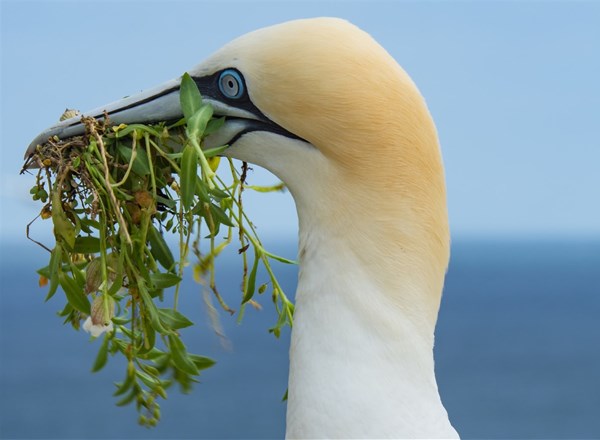
A day in the life of... an Environmental Lead for Vattenfall
Read about a typical day for some of the people involved in the MDE journey.
This series of 'A day in the life of' follows Chris Jackson. Chris is the Projects and Operations & Maintenance (O&M) Environmental Lead for Vattenfall.
Here you can hear about the key role that Chris and his team at Vattenfall play in collecting environmental surveys at their offshore renewable projects. That data is provided to The Crown Estate and ultimately made available here through the MDE.
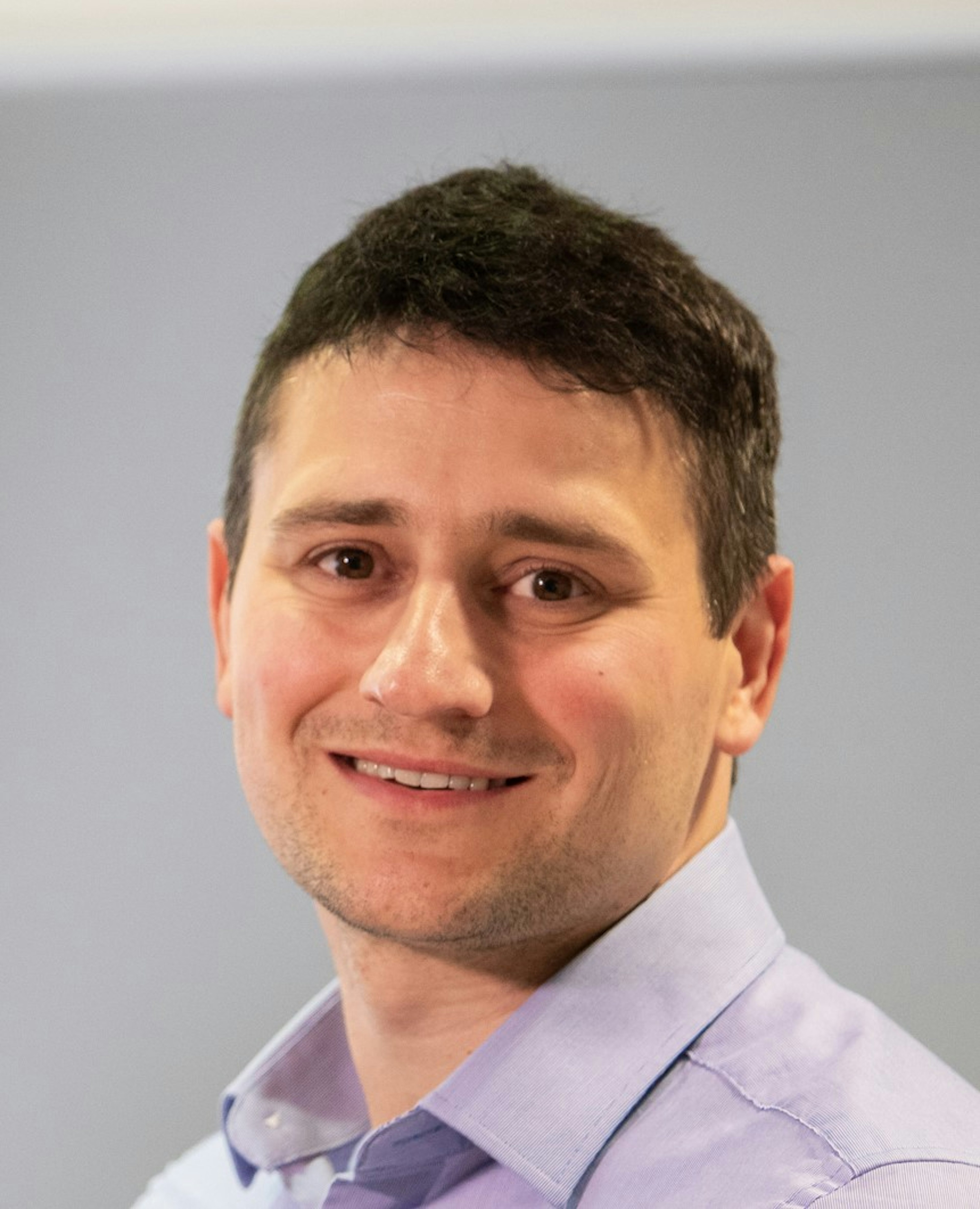
"The environmental surveys are crucial to understanding what the potential impacts are so that measures can be taken to appropriately address them and therefore comply with national planning policy.
Chris Jackson
What is your role at Vattenfall?
I am the Projects and O&M (Operations & Maintenance) Environmental Lead for Vattenfall, where I lead a team of Environment and Sustainability Specialists across our core European markets in Business Area Wind. We are responsible for managing the environmental aspects of our wind, solar and battery assets and provide environmental support in the development, construction and operation of our projects and sites, to ensure legal, licenced and environmental requirements are met, and operational excellence is maintained.
What Offshore Wind Farm Projects is Vattenfall working on?
Vattenfall is one of the biggest developers of offshore wind energy in the world with our core markets being the UK, Germany, Holland, Sweden and Denmark. We currently have the Danish Kriegers Flak in construction, and a number of large projects in development including Norfolk Vanguard and Norfolk Boreas in the UK, Vesterhav off the coast of Denmark, and Stora Middelgrund and Swedish Kriegers Flak in Swedish waters. In addition, we have Holandse Kust South 1-4 in Holland, on which we recently took a Final Investment Decision (FID), and once built, will be the largest offshore wind farm in the world. Operationally in the UK alone, we currently have a total of five offshore wind farms. This includes the European Offshore Wind Deployment Centre in Aberdeen, Scotland which acts as a test and demonstration facility and where we operate some of the most powerful wind turbines in the world.
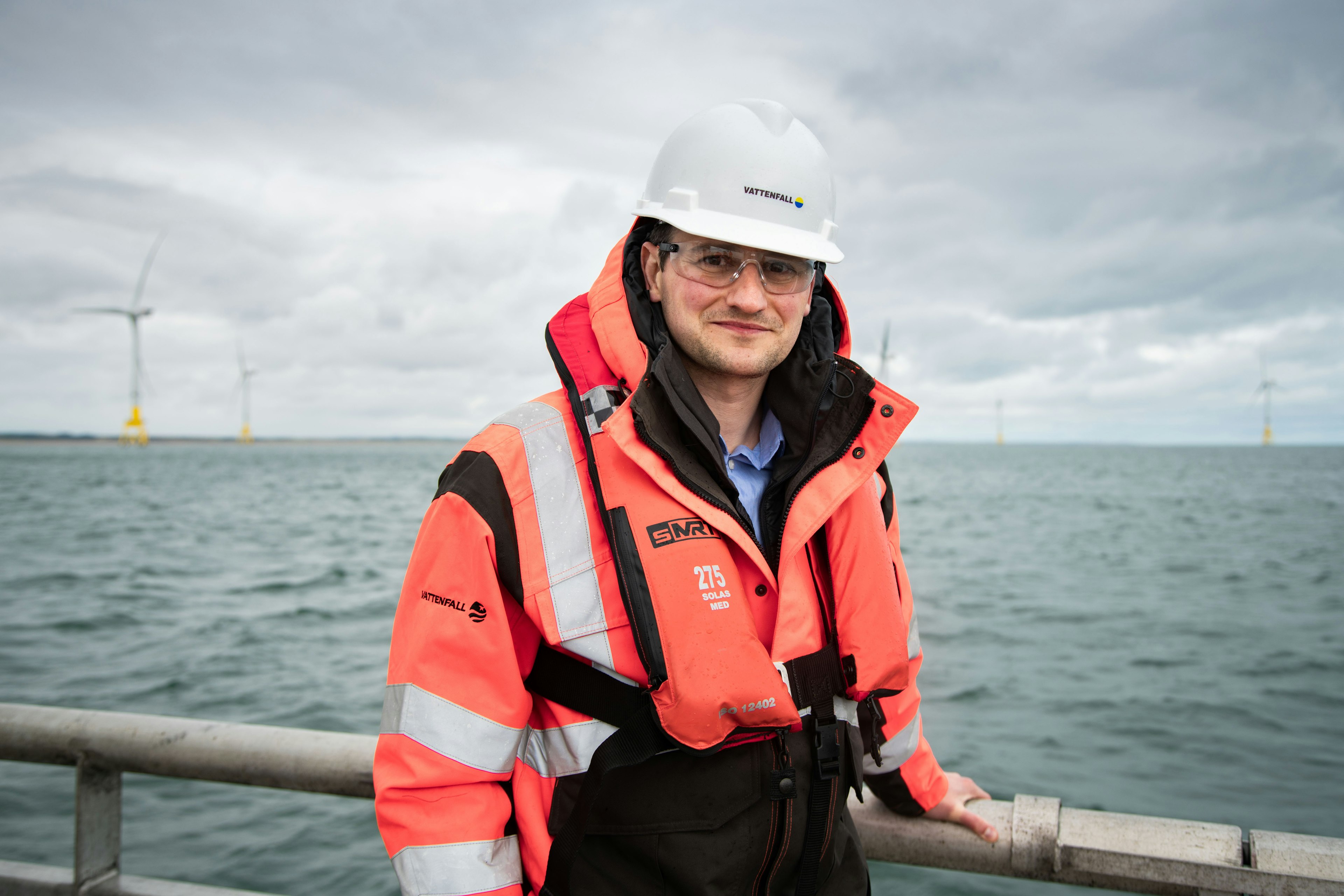
Why does Vattenfall (and any other offshore wind developer) carry out baseline environmental surveys?
Baseline environmental surveys are undertaken to inform an Environmental Impact Assessment (EIA). This is a way of predicting the likely environmental impacts (both beneficial and adverse) of a proposed development, across a number of different sensitivities and includes, but not limited to, ornithology, marine ecology, noise, transport and socio-economic impacts. The environmental surveys are crucial to understanding what the potential impacts are so that measures can be taken to appropriately address them and therefore comply with national planning policy.
How is the survey data used in the design of an offshore wind farm?
Should a particular sensitivity be recorded during the baseline environmental surveys, the wind farm can be designed in such a way to avoid or minimise the effects. For example, switching off or curtailing turbines at certain times of the year to reduce potential collisions from birds and/or bats, or designing the foundations and locations of the turbines to avoid sensitive benthic habitats or foraging areas.
What other environmental surveys are carried out in the project lifetime?
Surveys are carried out across all stages of development. Other than the baseline surveys mentioned previously, there are usually environmental surveys being undertaken throughout the construction phase to ensure that sensitive marine life such as cetaceans or breeding/wintering seabirds aren’t being disturbed or harmed by construction activities. Furthermore, during the operation of a wind farm, there are a number of post-construction monitoring surveys which are typically undertaken to ensure that the levels predicted in the EIA are accurate, and mitigation measures are working as intended. Should additional impacts be realised, then efforts can be made during the operational phase to reduce these as appropriate.
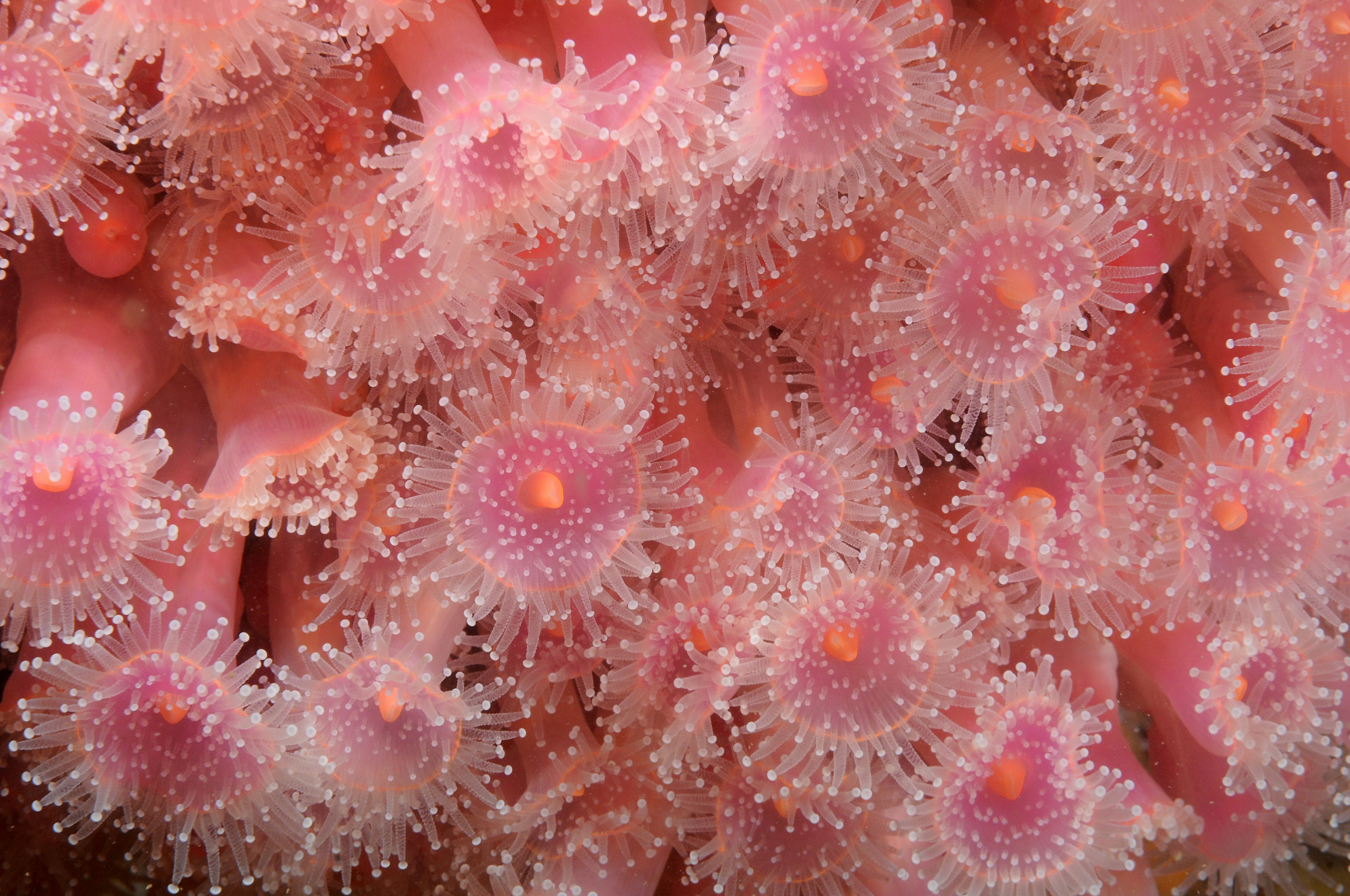
What type of consultants do Vattenfall work with to collect survey data?
Vattenfall works with a number of independent experts, specialists and consultants across all stages of development to help collect the survey data and undertake the EIA. We have a strong focus on a sustainable supply chain and strive to work with local suppliers where possible.
What other work does Vattenfall undertake with respect to offshore environmental surveys or research?
Protecting and enhancing biodiversity is one of Vattenfall’s core values. In addition to the environmental work during wind farm development, construction and operation, Vattenfall is also actively involved and often leads on environmental research. We see this as a crucial way to further understand key uncertainties with environmental receptors in relation to offshore wind energy. Vattenfall has invested significant resources across Europe working with other developers and key stakeholders such as the Royal Society for the Protection of Birds (RSPB), Natural England, The Crown Estate and the Marine Management Organisation, not least at the European Offshore Wind Deployment Centre, off the coast of Aberdeen, Scotland where we manage a 3m Euro Research and Development Programme focussing on enhancing knowledge across a range of key environmental sensitivities using sophisticated state of the art equipment.
"Protecting and enhancing biodiversity is one of Vattenfall’s core values
Chris Jackson
Vattenfall, along with other offshore renewable developers, has made significant amounts of their survey data freely available through the Marine Data Exchange (MDE). How can making data publicly available benefit the offshore wind sector and wider marine community?
Knowledge sharing is fundamental for our understanding of how the marine ecosystem works. The more data that can be shared, the better our comprehension of the impacts will be and subsequently the more success the mitigation measures put in place will have on reducing these impacts. There are still a large number of uncertainties of the environmental impacts within offshore wind which results in extremely precautionary EIAs. Vattenfall are committed to reducing these uncertainties through our Research and Development programmes and collaboration with other developers and stakeholders, including The Crown Estate, to support future assessments and to avoid problems of cumulative impacts with other offshore wind farms which could potentially impede future development. We therefore see knowledge sharing as vital in continuing to help inform future offshore wind energy facilities and play a crucial part as we move towards realising our goal of being fossil free within one generation.
